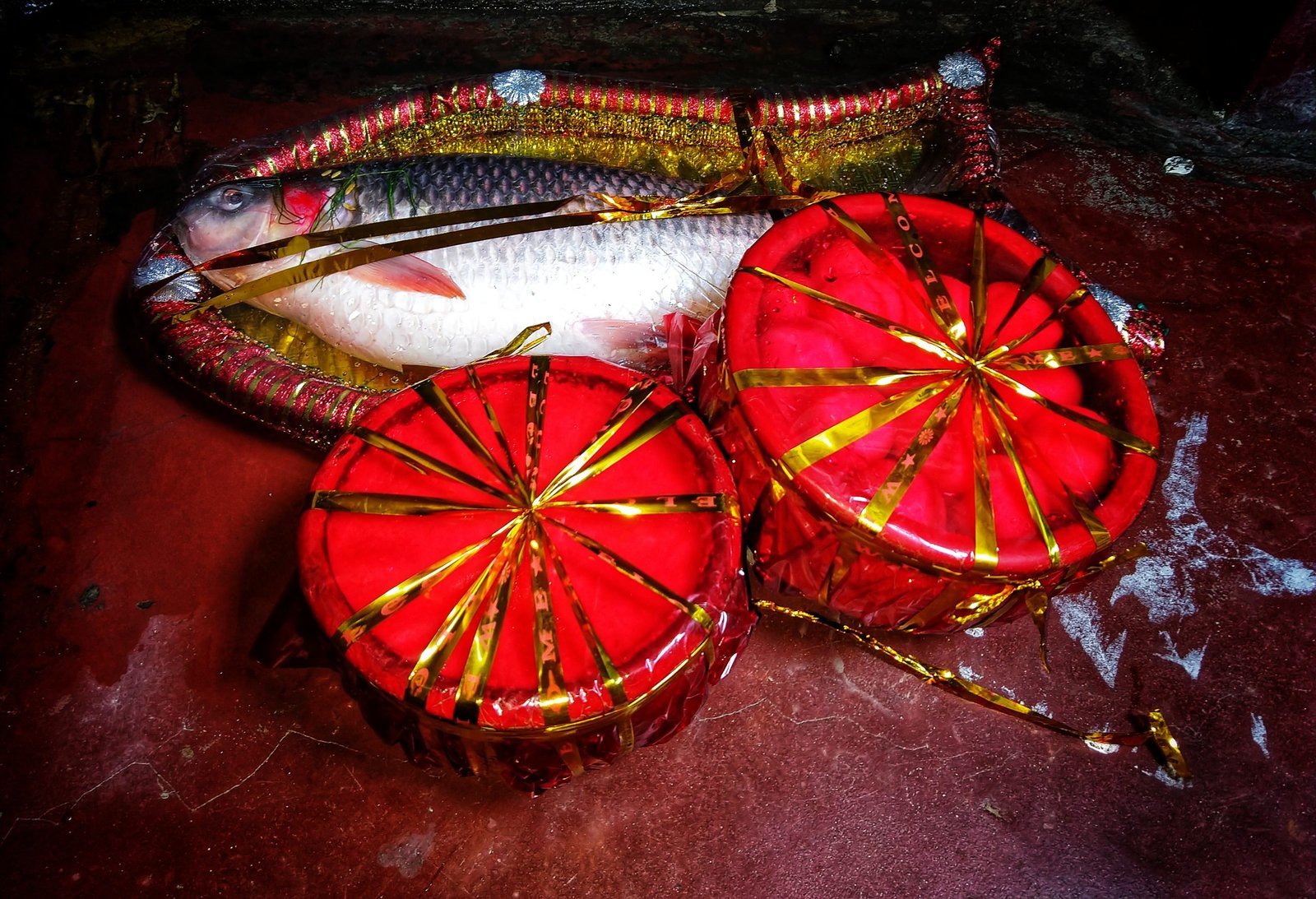Fish – An emotional affair for the Bengalis!
“In the hands of an able cook, fish can become an inexhaustible source of gustatory pleasures.”
-Jean-Antheleme Brillat-Savarin, ‘the Physiology of Taste”
There is no need to introduce Bengalis and their love of fish. They eat to live and devote the majority of their income to buying food. These are Bengalis’ brutal realities, not jokes. Without fish, a Bengali lunch is incomplete. Bengalis are known for their love of fish and are frequently referred to as Maache-Bhaate-Bangalis, which is Bengali for rice and fish. Is there a reason behind Bengalis’ fervour for fish, though?
The third-largest ethnic group in the world, Bengalis, are found in Bangladesh as well as West Bengal, Tripura, and the Barak Valley of Assam in India. They have a population of about 240 million people overall, including a sizable Bengali diaspora worldwide. Bengalis make it a point to eat fish at least once daily, no matter where they reside.
How are Bengalis so connected with Fish?
Food The geographic and climatic characteristics of the region are reflected in the people’s habits. It also has an impact on social and religious norms. People in a region typically eat what is readily available to them nearby.
Numerous rivers, including the Ganges, Padma, Meghna, Damodar, Mayurakshi, Teesta, and Rupnarayan, pass through Bengal in the Ganges delta area. It is filled with innumerable ponds and lakes that provide the inhabitants with a broad range of fish, including Rui, Katla, Pabda, Tangra, koi, Hilsa, pomfret, and Bhetki, as well as other marine creatures, such shrimp, prawns, and crabs.
Fishing is shown as one of the main activities of Bengalis in literature, sculptures, and paintings from that era.
Rice and fish are abundantly produced in the riverine plain. Fish is, therefore, nearly considered a side dish to be eaten with rice. In Bengal, there are ponds in every village where pisciculture is practised.
Because the area was fertile and food and water were easily accessible in the past, people tended to reside near rivers. Because more fish make any body of water useless, this is true. People began overindulging in fish consumption, and some even made it their profession.
Habits eventually become traditions, and traditions turn into cultures that further control society’s behaviour. Now, if something becomes a part of your culture and you have practiced it since birth, it never goes away.
Three mouth-watering fish recipes that are popular worldwide!
Shorshe Posto Maach!
The most popular recipe in West Bengal is fish cooked in mustard and poppy seeds. It is Bengal’s favourite but has slowly gained popularity all over the country. Usually, the kind of fish used here is any type of big fish like ‘elish’ or ‘bhetki’ or ‘pabda’, with a strong mustard aroma. If your mouth is already watering, then here is an easy way to cook your fish in Bengal’s style!
Fish Fry!
Fish fry is the quickest yet the most loved way of eating fish. Fried fish is popular in the entire country. In West Bengal, the fish (could be any fish!) is marinated in simply turmeric, salt and red chilli powder and shallow fried. It is eaten with rice and relished during lunches mostly!
Doi Maach!
A recipe for a mildly tangy fish curry with gravy made of yoghurt. The delicate fish chunks are seasoned in flavour-enhancing seasonings. This curry would go well for a luncheon and is usually a delicacy cooked during celebrations!
A love affair with Fish!
Given the numerous freshwater rivers that crisscross the state, which provide a plentiful supply, Bengali gastronomy and its love affair with fish curries and fish fries are not surprising. Fish preparation and consumption have assimilated into Bengal’s culinary tradition and culture.
You will always find a fragrant curry, a crisp snack, a hearty pulao, or other Bengali fish recipes, whether they are served as part of lavish festival celebrations, special events, or basic everyday meals.
In Bengal, fish is a common ingredient and a crucial component of many traditional rites. For instance, after a wedding, the groom’s family is required to give fish to the bride’s family as a sign of good fortune and well-being.






